Updated: 2/6/2020
We all long for whiter teeth. According to a Harris Interactive survey sponsored by Philips Sonicare, 55% of adults believe that the friendliness of a person is revealed in their smile. Additionally, 78% believe that a smile reflects a person’s personality. Because of this, 53% of the adults surveyed stated that if they could fix one thing about their smile, they would make it whiter.
If you fall in the majority of adults looking for a whiter smile, you may be wondering how to accomplish such a feat. There are many options available for teeth whitening: professional, store bought, and home remedies. How do you know which one is the best for you? What are the pros and cons of each? How much does each one cost? We answer all these questions and more in our guide to teeth whitening below.
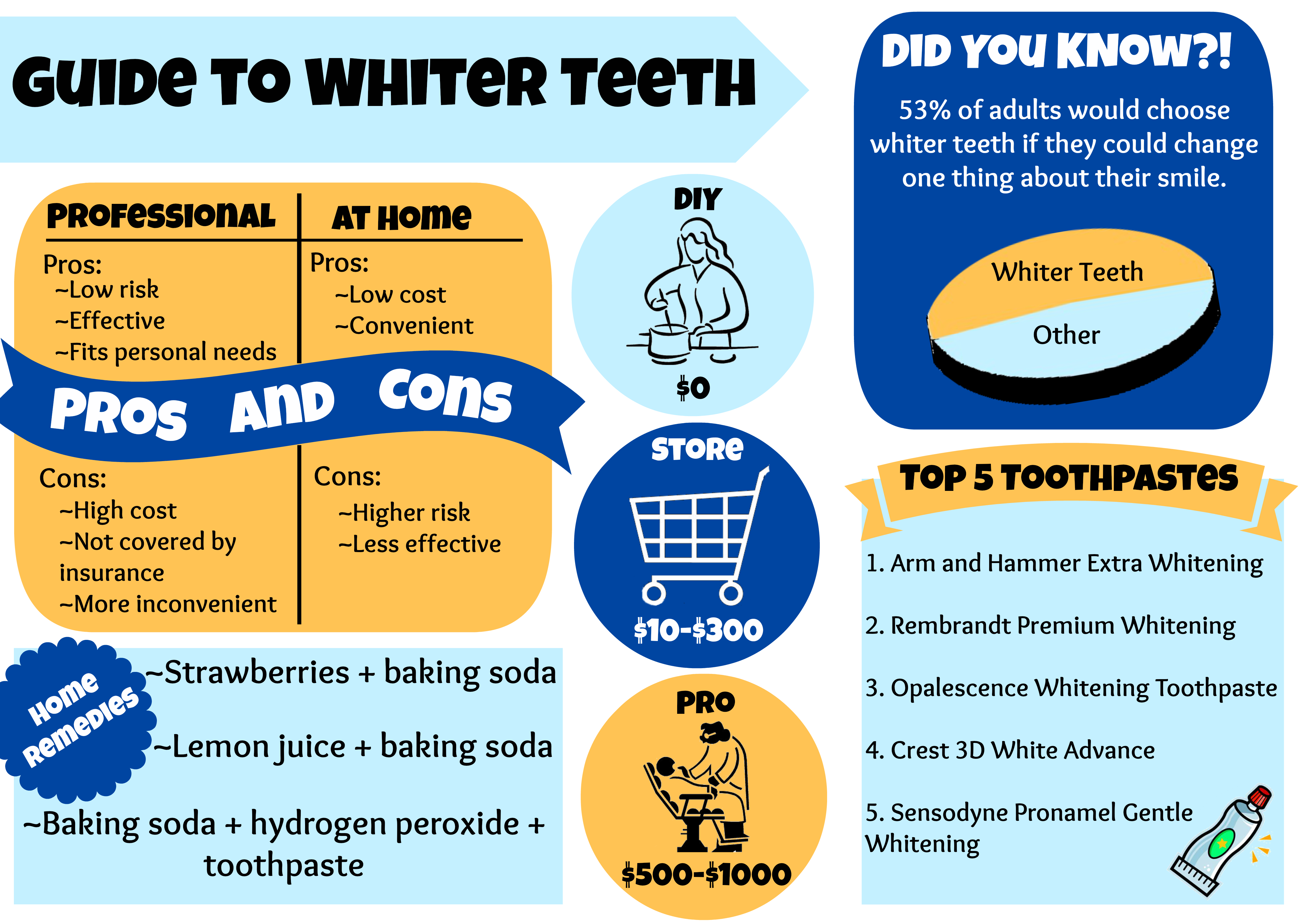
Ways to Whiten
In general, there are three ways to whiten your teeth: at the dentist by a professional, with a store-bought kit, or a do-it-yourself remedy using items you probably already have.
Professional
In a professional bleaching, you make an appointment with a dental professional and go in to the office for your treatment. Appointments can last anywhere from 30-90 minutes and it often takes multiple appointments to complete the process. Bleaching is usually done by laser treatment, in which a bleaching gel is applied to teeth and then a laser is used to activate the gel. Professional bleachings typically cost anywhere between $500-$1000.
Store-bought Kit
There are many different types of kits to purchase and perform at home. These include:
- Strips: A mouth-sized strip coated in a bleaching agent that’s applied to teeth and left on, usually for about 30 minutes. Strips typically need to be applied every day until desired results are achieved; usually around 14 days.
- Gels: Gels typically come in a bottle with an applicator used to brush on your teeth. Gels work similar to strips, except that there is no plastic strip covering the gel.
- Trays: Trays are typically considered to be the most effective at-home treatment. A bleaching agent is inside of trays that can be fitted around your teeth. They are usually left on for about 15-20 minutes, and then the procedure is repeated one to two more times.
Store bought kits are cheaper than professional cleanings, and prices vary depending on the type you use. Gels are usually the cheapest, with prices starting around $10. Strips tend to be anywhere from about $30-$60, and trays are the priciest, ranging from $80 to $300.
DIY Remedies
If you want a whiter smile, but can’t afford the price of a professional or store-bought fix, there are some products that you can try that you probably already have in your home. These don’t work as well as store-bought or professional treatments, but are great for touch-ups and cost little to nothing at all. Keep reading to find out what common household items may help you whiten your teeth.
Pros and Cons
Before you decide whether to do your own treatment at home or pay for a professional whitening, you will want to consider the pros and cons of each one. They are listed below:
Professional
Pros:
- Lower risk in the procedure
- More effective than home treatments
- Dentist can take individual needs into consideration
Cons:
- High cost
- Not usually covered by insurance or discount plans
- Have to work around dentist’s schedule and go in for multiple appointments
Home (Store-bought and DIY)
Pros:
- Lower cost
- More convenient, because it can be done on your own time and you can accomplish things during the treatment
Cons:
- Higher risk of misusing the product
- Less effective than a professional treatment
Top Home Products
If you want to try a store-bought product, try one of these rated best by Top Consumer Reviews.
- Pro White Teeth (trays). $80-$130.
- Teeth Whitening Express (trays). $90-$325.
- Supersmile (various dental hygiene products). $50.
- Crest WhiteStrips 3D (strips). $35.
- Go Smile (gel). $89.
Home Remedies
If you want to save some money and make your own treatment, consider using one of the recipes below.
- Strawberries and baking soda. Mash up one strawberry in a bowl, and mix in a teaspoon of baking soda. Apply onto teeth and leave on for about ten minutes. Rinse off.
- Baking soda, toothpaste, and hydrogen peroxide. Squeeze a small amount of toothpaste into a bowl, and add a dash of baking soda and a swish of peroxide. Mix together, and use normally as toothpaste.
- Baking soda and lemon juice. Take the juice from a fresh squeezed lemon and mix it with a small amount of baking soda. Brush onto your teeth and leave on for 5-10 minutes. Rinse off.
Baking soda, citric juice, and hydrogen peroxide all contain bleaching power, but they can be damaging to enamel if exposure is prolonged. Be sure not to keep any remedy on for more than about 15 minutes, and brush your teeth after rinsing off.
Whitening Toothpaste
Another option for whitening is purchasing whitening toothpaste. Many people wonder, however, does whitening toothpaste really work? Whitening toothpaste is often expected to have the same effects as a store-bought or professional treatment, but really, the only difference between whitening and regular toothpaste is that whitening toothpaste is slightly more abrasive. Because of this, whitening toothpaste is most effective in removing surface stains, such as those caused by smoking or drinking coffee. It typically takes several weeks to notice a difference.
If you want to use a whitening toothpaste to help remove some surface stains, consider using one from Dentistry.net’s top five:
- Arm and Hammer Extra Whitening toothpaste
- Rembrandt Premium Whitening toothpaste
- Opalescence Whitening toothpaste
- Crest 3D White Advance toothpaste
- Sensodyne Pronamel Gentle Whitening toothpaste
Most whitening toothpastes are safe; however, some may be harmful to your teeth. To ensure that the toothpaste you are using is safe, look for one with the ADA Seal of Approval.
Whitening your teeth is a great way to improve your smile and overall appearance. Unfortunately, many store-bought products and home remedies are often misused and could end up damaging your oral health. No matter which method you choose to achieve a whiter smile, be sure to talk to your dentist first about the safest options.

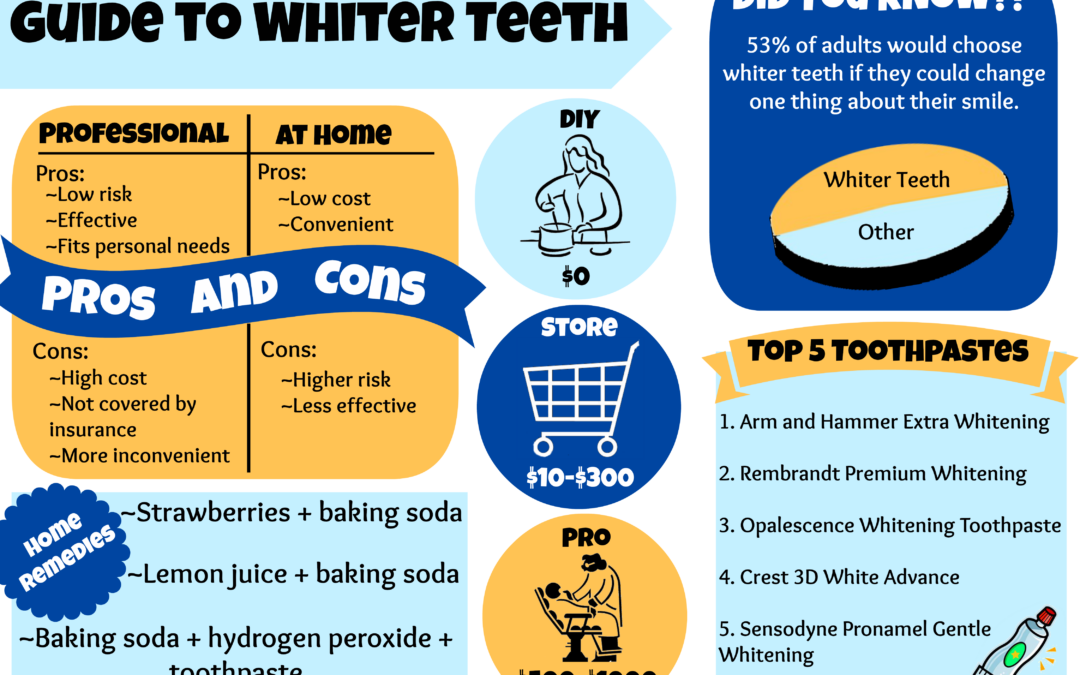
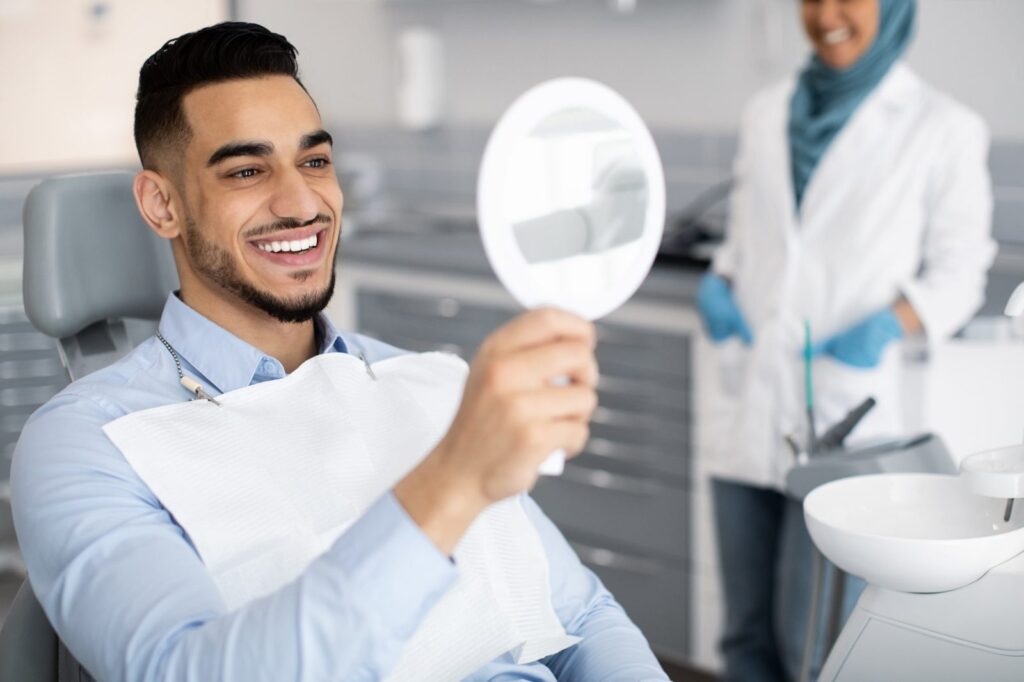
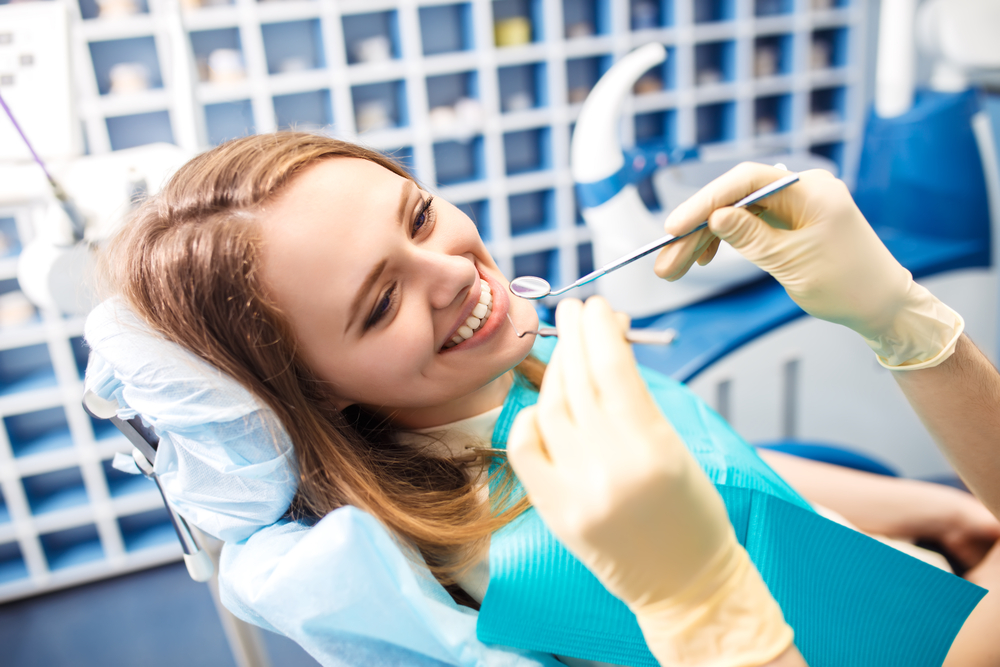

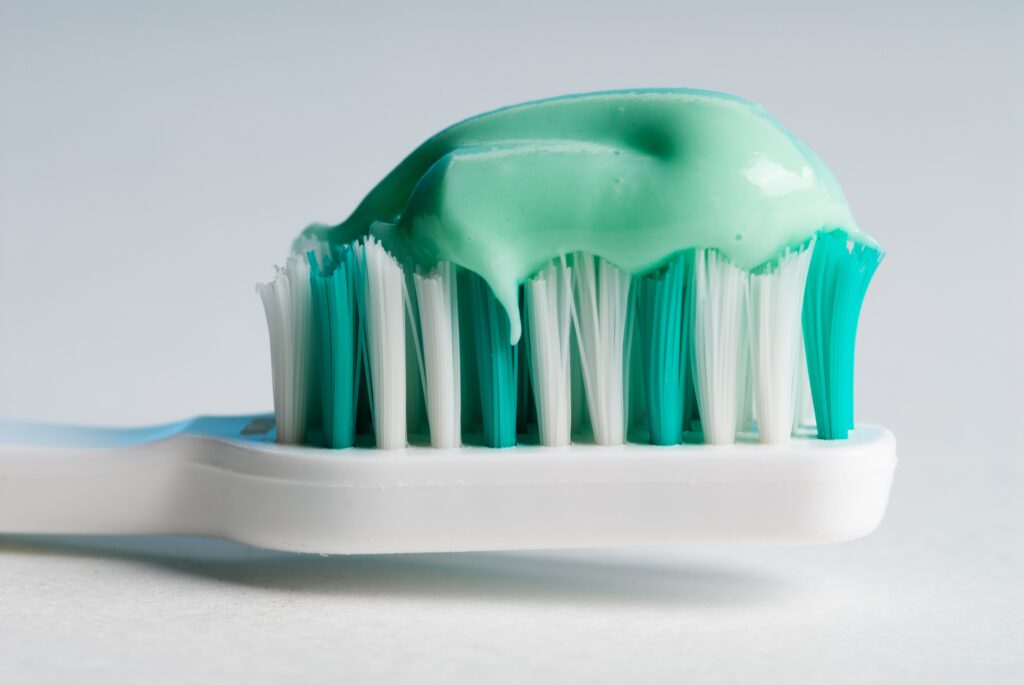
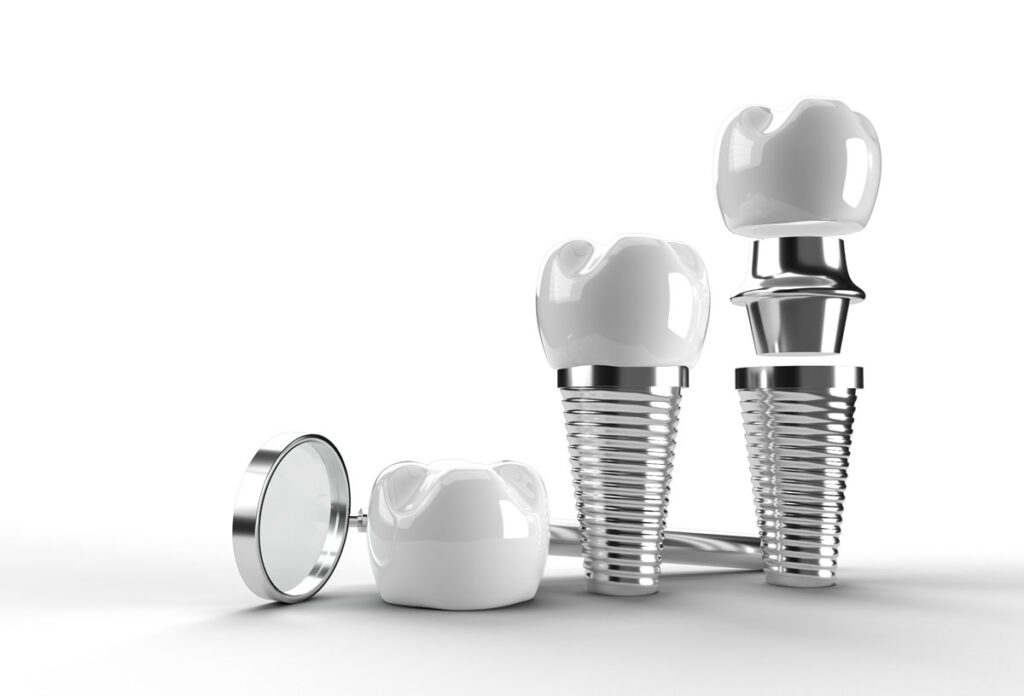
Awesome post and thanks for including the home remedies. I would opt for those early on and then maybe try something more professional.
That’s a good idea, Jesse. Thanks for stopping by!
I had a Bright Smile treatment at the dentist costing $500 with a money back guarantee if it didn’t work. My dentist did the regular treatment and prolonged it for two more periods of time. Two weeks later I came back and showed him my teeth — they were no whiter than before the treatment and he, honest person that he was, refunded my $500. It seems that my front teeth were dead, the result of a childhood accident, and couldn’t ever be whitened. Before having an expensive treatment done, check to see if your teeth could actually benefit from it.
Great suggestion, Sue! Thanks for reading!
Thanks for the great info…especially the home remedies.
Thanks for reading, Sally!
Thought its hard to get white teeth but you’ve made really good post about it.
Thanks for stopping by, John!
Keep in mind that, depending on how discolored your teeth are, a professional appointment might be the only way to get the white teeth you’re looking for. That being said, if you want to go the at-home route you want to be careful to not overdo it! Bleaching agents might get your teeth white but they call also damage the enamel.
A nice post indeed! You have explained it so simply and yet with necessary details. I would definitely try out few of the top home products and home remedies but yes, as you have advised, will do so only after consulting a dentist.
Thanks for stopping by, Beth!
Awesome article! Great tips and suggestions. It’s funny how we judge people by their smile, but it’s very true. I personally prefer to have mine done professionally. It lasts longer and I trust my dentist more than myself and the DIY box.
Awesome post with great information.Thanks for sharing.
Thanks for stopping by!
Thanks for giving useful tips for teeth whitening.
Thanks for reading!
Teeth whitening has became the major dental problem now a days. Most of the time people are facing problems due to having insufficient information about it. So,before going for any sort of dental treatment one should have detail information about it. Thanks for sharing the information about teeth whitening.
Whitening toothpastes are abrasive. Overall their effectiveness is mininimal to none….you get what you pay for with whitening!
Thanks for the informative, cohesive article! I like your site design, by the way 🙂
The only thing I would adjust here is that the “DIY – at home” isn’t really $0 because you still have to buy the ingredients to make it with. Even so, baking soda is only $.89 for an entire box so that is also nothing.
Hi.. your teeth whitening tips are very helpful, teeth whitening cause some side effects so we have to take care during that treatments. Thanks for this worth content.
You left out a very important temporary fix for sudden teeth problems. Use echinacea in capule form, put between the offending tooth and your other teeth. Bite down and let this natural antifbiodic go to work. it takes the pain away right away. I know this and have used it for many years> It has been a lifesaver. After i read about its uncommon properties, i tried it right away as I had bad teeth and was genuinely suprised how quick it went to work. Enjoy a painfree mouth. And echinacea does not taste bad at all.
Teeth whitening is not recommended for everyone. People who have thin enamel and yellow dentin layer who begin to use whitening gel may have severe sensitivity all around. Porcelain veneers or crowns can only give them whiter teeth in this condition.
Thank you for sharing!
Hey Kayla! Thanks for sharing such an informative things among people. We should take care of our teeth to prevent against dental issues. Your Blog post is highly recommended. These are the important tips and we should try these home remedies.
Thanks for providing us this kind of information. Nice and helpful blog. Oil pulling is a traditional Indian folk remedy meant to improve oral hygiene and remove toxins from the body. Coconut oil is also high in lauric acid, which is known for its ability to reduce inflammation and kill bacteria. Baking soda has natural whitening properties, which is why it’s a popular ingredient in commercial toothpaste.
Thanks for sharing your post with us. Teeth whitening is the best and easy way to get white teeth. We can get white teeth at home also. Your teeth are one of the first things people notice about you. And pearly whites show you care about your oral hygiene and take the time to look your best. Apple cider vinegar, which has the main active ingredient acetic acid as well as potassium, magnesium, probiotics, and enzymes, helps to kill harmful bacteria, promote good bacteria and cleans teeth.
Nice Stuff Indeed! You have described very well.
One of the teeth whitening methods that many people try at home is using a bleaching gel. Bleaching gel is pretty inexpensive and easy to find. Your post is really informative.
I like how you mentioned that if you get your teeth whitened professionally, there is lower risk and it is more effective than doing it yourself. I have horribly stained teeth that I have been wanting to fix for years, and have tried home remedies but have never gotten them whitened professionally. I will definitely keep your great tips in mind and will possibly consider getting my teeth whitened by a professional.
As I was reading your article, you state that 53% of the adults you surveyed said that if they could fix one thing about their smile, they would make it whiter. That sounds like a lot of adults who want to do teeth whitening. My husband could use some teeth whitening he drinks a lot of coffee.
Interesting thoughts. Thanks for putting this extensive guide. It given me some great ideas about teeth whitening. Thanks for sharing!